Pastoralism gets a reboot in drying Kenya
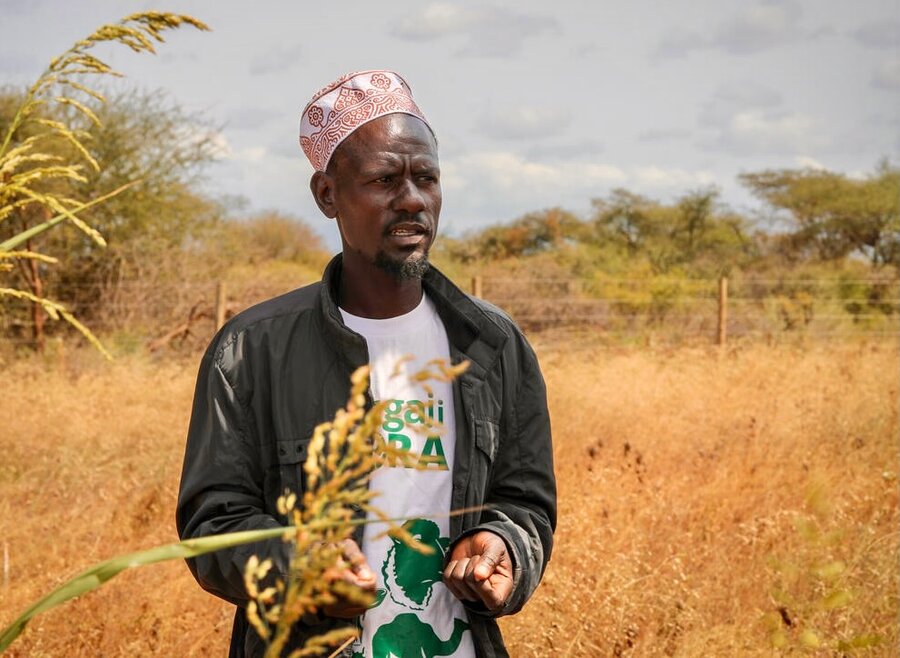
Hassan Ali Jare still remembers the crippling drought more than two decades ago that swept through his home village of Kinna, in central Kenya’s Isiolo County - and the despair of his pastoralist father, as he watched his herd of 70 cattle slowly die of thirst. At the end, only five survived.
“The cows I thought would pull us out of poverty were gone,” says Jare, now 35, adding, “that’s when my transformation began. I started thinking about livestock and ecosystems and climate change.”
Extreme weather events in Kenya and elsewhere have only grown more frequent and intense since Jare’s childhood. Kenya’s 2020-2023 drought killed roughly 2.6 million livestock and left millions of people needing humanitarian assistance. “This area was full of animal carcasses,” Jare recalls.
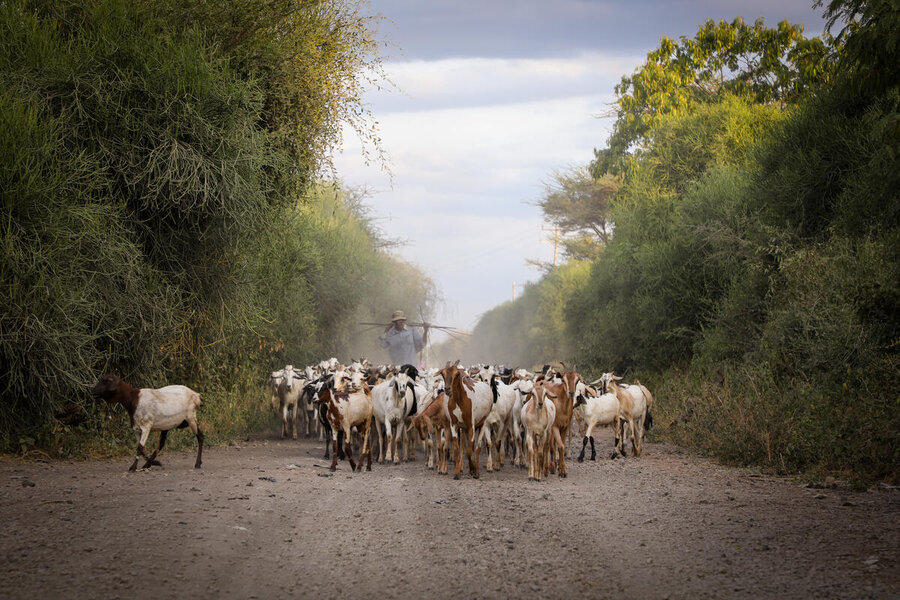
The ever-harsher climate, including sometimes intense rains and floods, has been a wakeup call for Kenya’s new generation of pastoralists: pushing them to adapt their ancestral livelihood to a fast-changing world. Today, many are diversifying their income sources, enrolling in Government-led livestock insurance and tapping social media to better market their products - with support from the World Food Programme (WFP) and US-based nonprofit, the Zoetis Foundation.
“If livestock production in Isiolo County goes wrong, for example, due to drought, it can wipe out the sustenance whole communities depend on,” Charles Songok, who heads WFP's Isiolo field office, says of a profession that employs 85 percent of the local population. “That’s why we try to work with young people to be self-starters and diversify their livelihoods - so they can break away from pastoralist traditions.”
Insuring the future
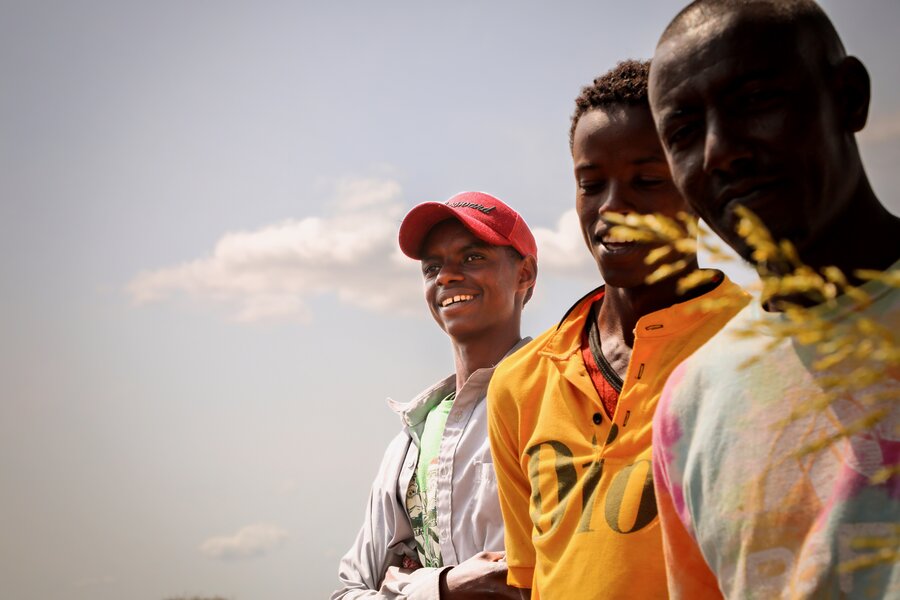
The new face of pastoralism can be seen in Jare's hometown of Kinna, where he mentors five young entrepreneurs who have turned back to the land for lack of other job opportunities. Members of the local pastoral community, and aged between 22 and 33, they are raising goats and have launched a fodder production business to supplement their income. Another break from their nomadic forefathers: these young farmer-herders – known as the Rapsu Youth Group - are staying put.
“Us Gen Z’s, we finished school and there was no work. So, we decided to join this group,” says member Halima Mohamed, a university graduate in human resources.
“Instead of being idle,” adds another member, Mohamed Galgallo, “we work together.”
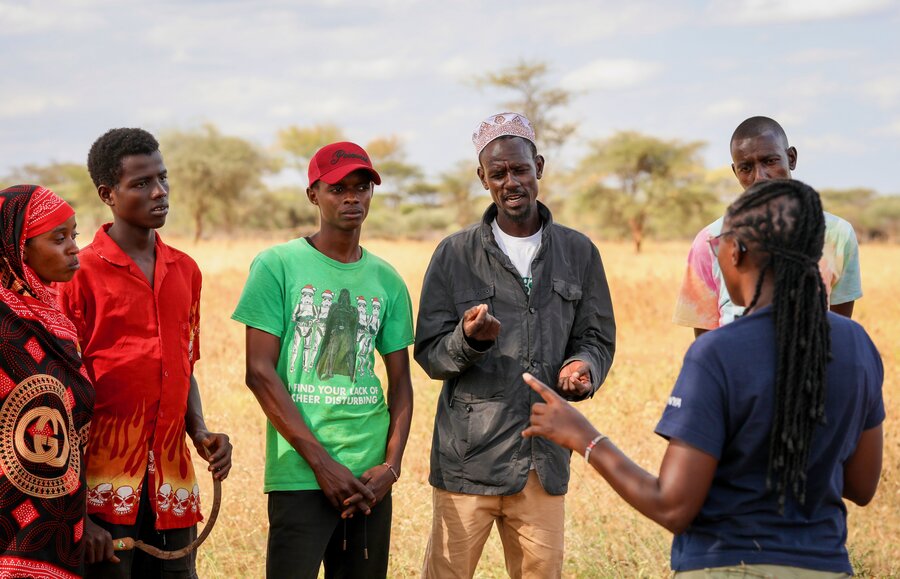
On a recent morning, the five friends gaze across a vast swathe of fenced-in grassland, dotted with a few acacia trees. Allocated to them from a local chief, the land - about 250 acres - addresses a key challenge pastoralists face during droughts. The Rapsu group is growing hay for sale, ensuring herders have access to quality feed for their animals after natural grasses dry up. WFP supplied the group with seeds and machines to produce the fodder.
The group has also enrolled in livestock insurance for their goats - a push by Kenya's Government, in partnership with WFP and Zoetis, that has gotten over 67,000 Kenyan herders on board since 2023. Still a rarity in Kenyan pastoralism, the insurance gives livestock owners access to payouts in case of drought and other climate disasters.
“I am urging lots of herders to take up insurance,” says Jare, who both mentors and chairs the Rapsu group. Of Kenya's last, deadly drought that wiped out many pastoralist livelihoods, he adds, "if only they had had insurance, it would not have been so bad.”
Generational gap
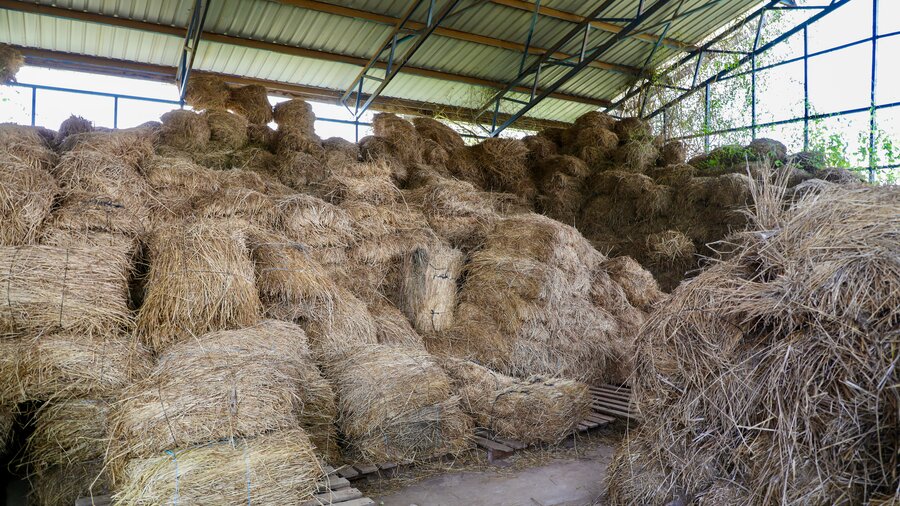
Rapsu’s young members are bucking tradition in other ways - including in how they secure nomadic clients to sell their hay. “Marketing is a problem,” acknowledges member Mohamed.
To reach the pastoralists, her group is using a tool their generation grew up with: social media. “TikTok, Instagram,” Mohamed says, ticking off some of the options. “We are planning to do some videos, some pictures, when we're harvesting, packing, taking the hay to the market.”
Rural Kenya’s sharp generational gap can be seen at a farm just a few kilometres away, managed by a group of farmers a decade or more older than Rapsu’s - and where the barn is full to bursting with tall bales of hay. “We haven’t sold [fodder] for two years,” says one grower, adding her group is uncertain about how to market the hay. “When we harvest again, we’ll just pile it in the barn.”
For these older growers, TikTok marketing is out of reach. “The young people are more flexible and have a growth mindset,” says Rapsu's Jare.

Jare is now helping the group's members to develop a business plan, with support from WFP. Their large metal barn, at the farm’s entrance, is stacked with yellow beehives, testament to their next project: starting an apiary, and later, raising poultry.
But with the harvest approaching, there are more immediate priorities, including marketing their hay. As the group walks through the grass, inspecting its growth, Halima Mohamed grabs a fistful of weeds and slices them off at the stem with the curved blade of her knife.
“In a few weeks, when we harvest and pack,” she promises, “you will see the video on social media.”
WFP's work to build resilience and protect livelihoods in Kenya is supported donors including Denmark, Germany, the Mastercard Foundation, the Republic of Korea, Novo Nordisk Foundation, Slovenia, the Zoetis Foundation, and ZEP-RE (PTA Reinsurance Company).
